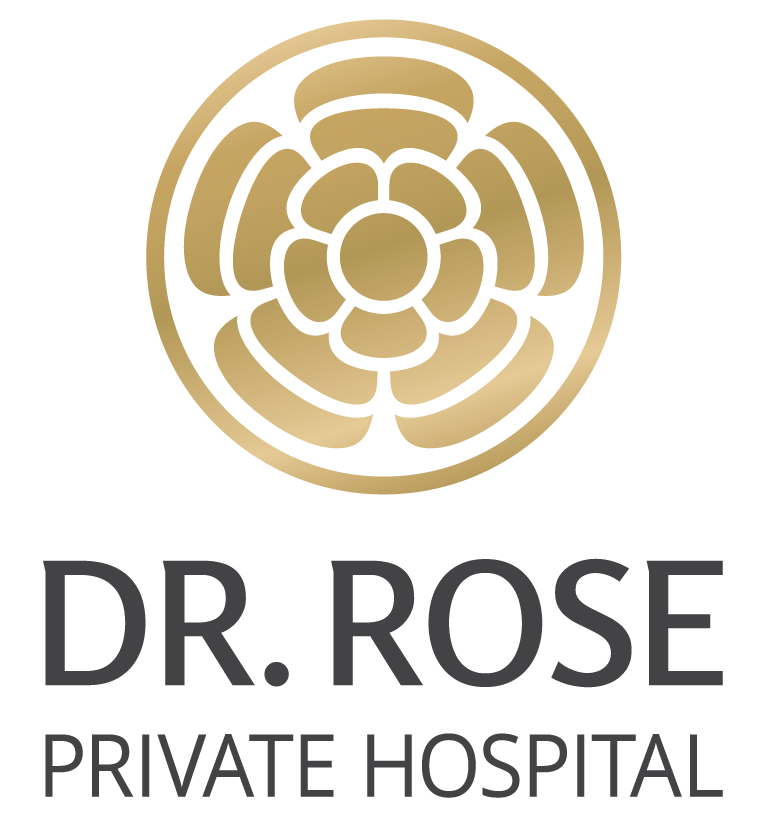Hungarian Economy Flatlines in Q1
- 12 Jun 2025 12:20 PM
- Budapest Business Journal

The Central Statistical Office (KSH) also noted in its second estimate that, compared to the previous quarter, GDP declined by 0.2%.
The new figures confirm earlier flash estimates, signaling the economy continues to face structural headwinds despite pockets of resilience in consumption and select service sectors.
Industry, Construction Remain Key Drags
Output across Hungary’s industrial sector fell by 3.9% year-on-year in Q1, driven primarily by a 4.6% drop in manufacturing. Among sub-sectors, the steepest contraction was recorded in the manufacture of electrical equipment, though this was partially offset by the more moderate decline in computer, electronic and optical products.
Construction output also fell by 5.1%, while agricultural performance slipped 0.7% from a year earlier.
Altogether, industry and construction reduced GDP growth by 0.7 and 0.2 percentage points, respectively. Agriculture had a marginal impact.
Services Offer Modest Support
The services sector expanded by 1.1% overall, making it the main engine behind the economy’s stagnation rather than contraction. Education services posted the highest year-on-year increase at 3.5%, followed by arts, recreation and other services (up 3.1%), health and social care (up 2.4%), and wholesale and retail trade (up 2.1%).
Accommodation and food services increased by 1.7%, and transportation and storage by 1.6%. Other segments, including financial and insurance activities (up 1.3%) and professional services (up 0.9%) also contributed modestly to the gains.
However, not all services performed equally. The information and communication sector shrank slightly by 0.1%, as did real estate activities, while public administration posted a larger decline of 1.2%.
Despite these mixed results, the service sector—especially trade—was the main positive contributor to GDP, adding 0.9 percentage points combined.
Consumption Rebounds, Investment Slumps
Household consumption rose by 4.1% in the first quarter, boosting actual final consumption by 3.0%. Consumers spent 8.9% more on durable goods, 1.7% more on semi-durables, 3.7% more on non-durables, and 3.9% more on services compared to the same period in 2024.
Final government consumption also expanded by 7.3%, though this was offset by a 6.6% drop in social transfers in kind provided by the government and a 1.7% decline in those from non-profit institutions serving households.
In contrast, gross fixed capital formation dropped by 10.1%, with declines seen in both construction and equipment investments. Gross capital formation, which includes inventory changes, fell 10.3%, dragging overall domestic use to a meager 0.4% gain.
External Trade Adds to the Strain
Hungary recorded a current-price surplus of HUF 1,237 billion in external trade. However, in volume terms, exports fell 0.4% while imports increased slightly by 0.1% compared to Q1 2024.
Exports of goods—accounting for over 80% of Hungary’s external trade—rose by 0.9%, and imports by 0.7%. However, the services sector performed poorly, with exports down 5.0% and imports down 2.7%.
Overall, net exports reduced GDP growth by 0.3 percentage points in the first quarter.
Quarter-on-Quarter Comparison: A Slight Downturn
Compared to the fourth quarter of 2024, Hungary’s GDP contracted by 0.2% in seasonally and calendar-adjusted terms.
On the production side, agriculture grew by 4.6%, providing rare upward momentum. Services fell by 0.2%, construction by 1.1%, and industry by a steep 2.3%.
From the expenditure approach, household consumption edged up by 0.4% and government final consumption rose by 1.4%. Social transfers in kind from the government dropped 1.5%.
Gross fixed capital formation fell by 2.4%. Exports and imports both rose quarter-on-quarter, by 1.5% and 1.4% respectively.
Outlook: Fragile Balance
While consumption has shown encouraging signs of recovery—helped by easing inflation and improving real wages—weak investment and industrial output remain persistent challenges. The latest data underscore the fragile balance in Hungary’s post-pandemic recovery, with external demand uncertainty and structural shifts in key sectors such as manufacturing continuing to weigh on economic performance.
*********************************
You're very welcome to comment, discuss and enjoy more stories via our Facebook page:
Facebook.com/XpatLoopNews + via XpatLoop’s groups: Budapest Expats / Expats Hungary
You can subscribe to our newsletter here: XpatLoop.com/Newsletters
As an independent portal we’re grateful to all commercial supporters who help keep you in the loop with fresh insights and inspiration. Do you want your business to reach tens of thousands of potential high-value expat customers? If so please contact us here.




























LATEST NEWS IN getting around